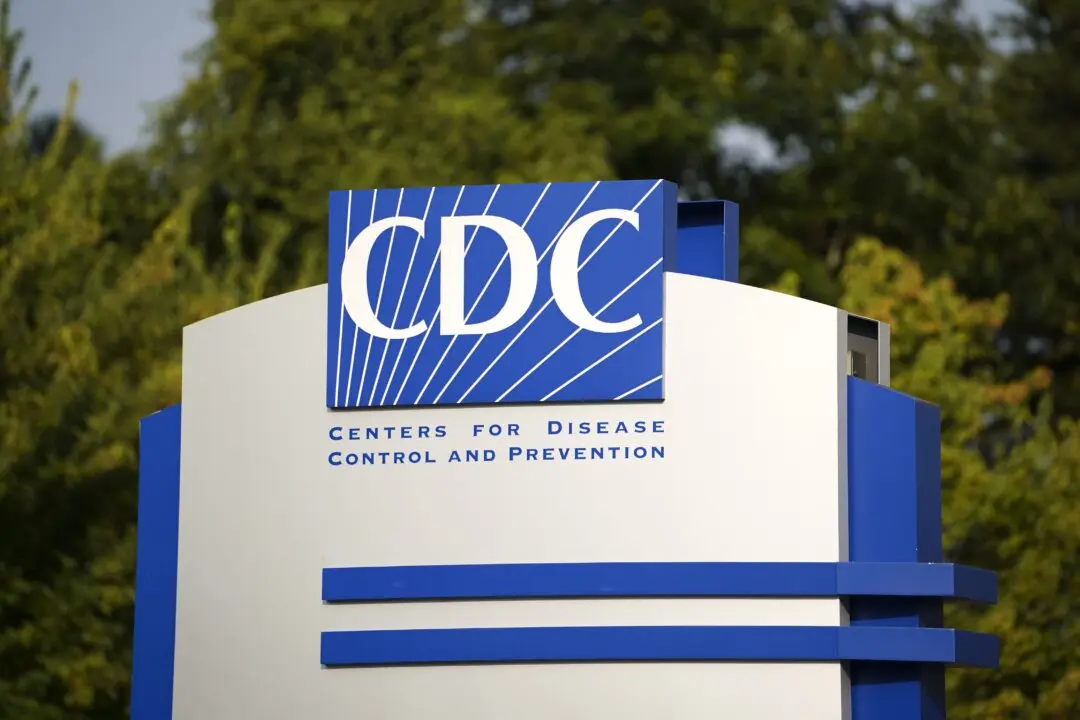U.S. military veterans in “acute suicidal crisis” can get free emergency health care at any Department of Veterans Affairs (VA) or non-VA health care facility, starting on Jan. 17, the agency reported.
The new policy allows veterans to access inpatient or crisis residential care for up to 30 days and outpatient treatment for as many as 90 days, according to a VA statement.
Enrollment in the VA system isn’t required to receive the service, which will “increase access to acute suicide care for up to 9 million Veterans who are not currently enrolled in VA.”
“Veterans in suicidal crisis can now receive the free, world-class emergency health care they deserve—no matter where they need it, when they need it, or whether they’re enrolled in VA care,” said Secretary of Veterans Affairs Denis McDonough.
“This expansion of care will save veterans’ lives, and there’s nothing more important than that.”
Preventing veteran suicide is the VA’s “top clinical priority and a top priority of the Biden–Harris administration,” the statement reads.
The VA reported that 6,000 or more veterans have died from suicide each year since 2001.
Statistics show that the suicide rate for veterans is 1.5 times higher than for people in the general population. When comparing female veterans to adult women who haven’t served in the military, the rate is 2.5 times higher among veterans.
Suicide also impacts older veterans.
In 2016, for example, 58 percent of documented veteran suicides were attributed to those 55 and older.
In September 2022, the VA’s 2022 National Veteran Suicide Prevention Annual Report was released and showed that veteran suicides declined for the second consecutive year.
Fewer veterans died by suicide in 2020 than in any year since 2006, the report revealed.
In 2019 and 2020, veteran suicides decreased by 307 and 343 deaths, respectively.
Another study produced conflicting analyses.
A joint effort completed by the University of Alabama, Duke University, and veteran suicide prevention nonprofit America’s Warrior Partnership discovered that the veteran suicide rate could be more than twice the figures released by federal officials.
Operation Deep Dive, the study’s name, included five years of death date “corroborated by the Department of Defense” in eight states.
The research indicates that former service members “take their own lives each year at a rate approximately 2.4 times greater than previously reported by the Department of Veterans Affairs.”
From 2014 to 2018, there was a 37 percent higher suicide rate than the VA reported, according to the study.
A 2021 study conducted by Brown University found that the suicide rate among active-duty military members and veterans who have served since Sept. 11, 2001, is around four times higher than the number of service members killed in post-9/11 wars.
An estimated 30,177 active duty personnel and veterans have died by suicide, compared to 7,057 who have been “killed in post-9/11 war operations.”
The rates are attributed to “risks common to fighting any war: high exposure to trauma, stress, military culture and training, continued access to guns, and the difficulty of reintegrating into civilian life,” according to the study.
“In the post-9/11 era, the rise of improvised explosive devices (IED), the attendant rise in traumatic brain injuries (TBI), the war’s protracted length, advances in medical treatment that keep service members in the military longer, and the American public’s disinterest in the post-9/11 wars, have greatly contributed to increased suicide rates,” the study indicated.
“High suicide rates mark the failure of the U.S. government and U.S. society to manage the mental health costs of our current conflicts.”
Eligible individuals, regardless of VA enrollment status, include veterans who were discharged or released from active duty after more than 24 months of active service under conditions other than dishonorable; former members of the armed forces, including reserve service members, who served more than 100 days under a combat exclusion or in support of a contingency operation; and former members of the armed forces who were victims of physical assault of a sexual nature, or harassment, while serving.





